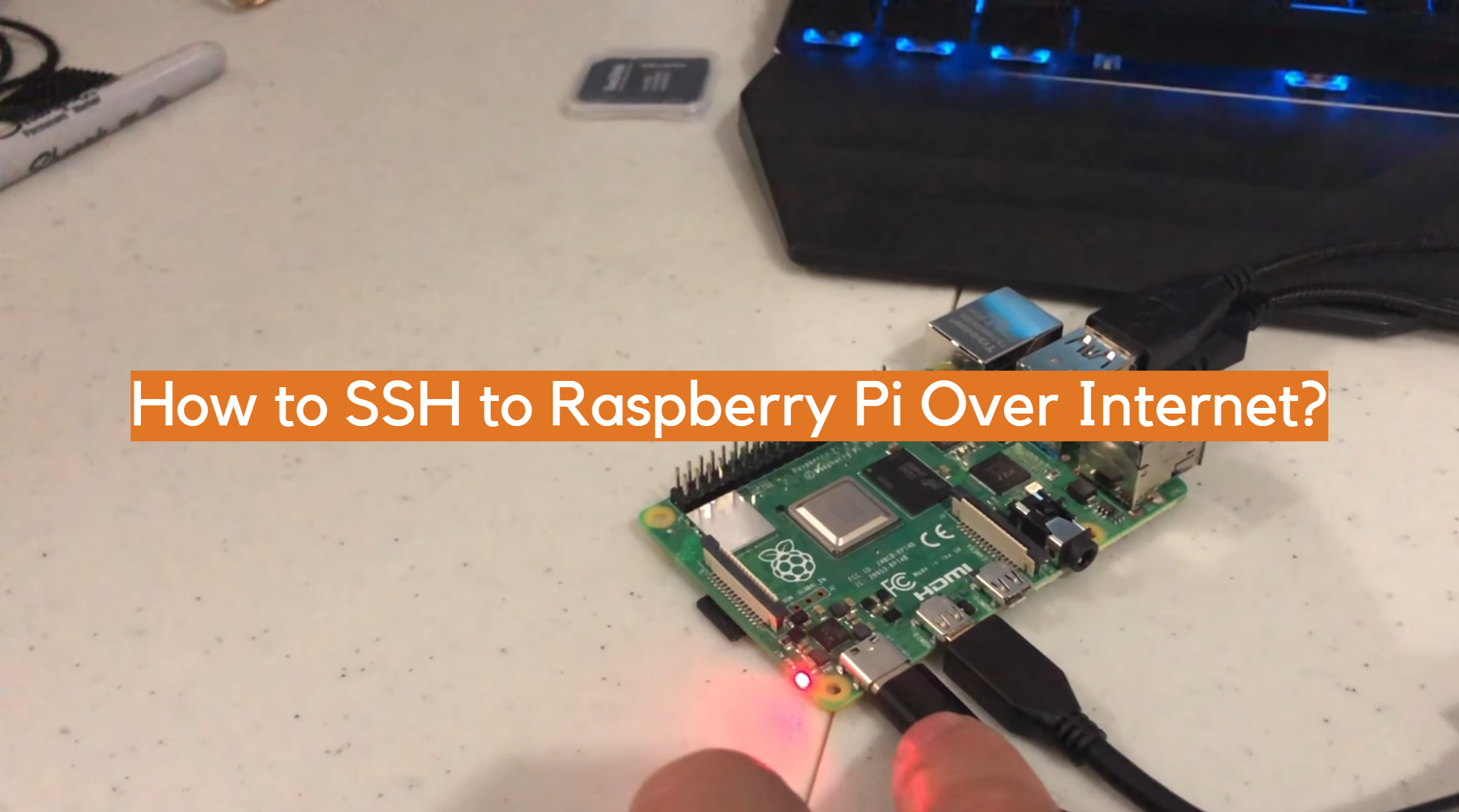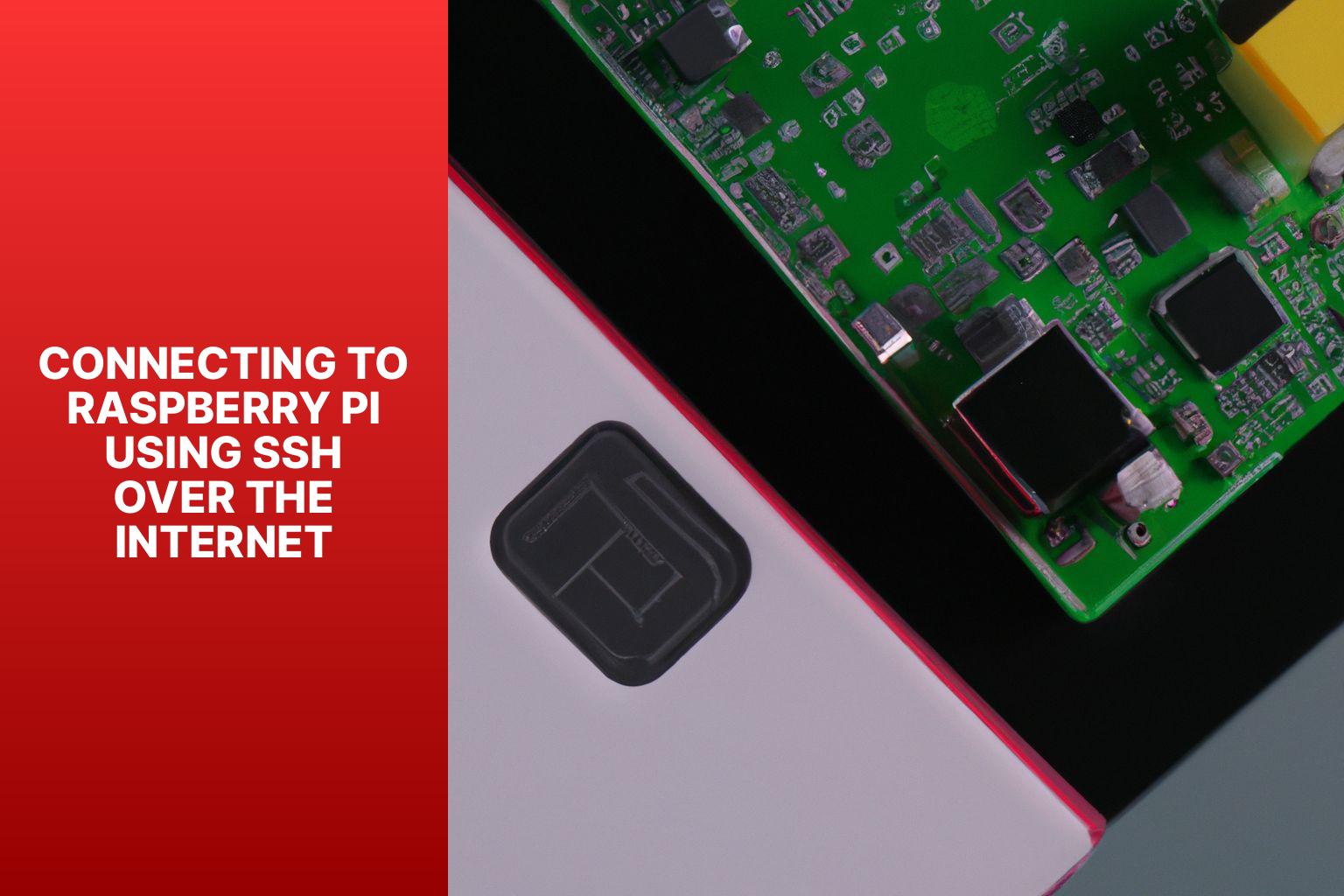Can't SSH Raspberry Pi Over Internet? Try These Solutions!
Can you control your Raspberry Pi from anywhere in the world? The answer is a resounding yes, thanks to Secure Shell (SSH), offering you unparalleled remote access and management capabilities.
Imagine the possibilities: monitoring a remote weather station, managing a home automation system, or accessing your files from a distant location. SSH, or Secure Shell, is the key that unlocks these opportunities. It allows for a secure, encrypted connection to your Raspberry Pi, enabling you to execute commands, transfer files, and even manage the entire system as if you were sitting right in front of it. However, the power of SSH comes with a responsibility, specifically, the responsibility of ensuring its secure configuration and usage.
For those new to the Raspberry Pi, or even electronics in general, the prospect of remote access can seem daunting. You might be considering setting up a remote field project, perhaps a sensor array deployed in a remote area. You might be looking to remotely connect to the device 500ft away via an Ethernet cable to gain full control of it from a laptop. This introduces the need for solutions, and that's where SSH steps in, and along with SSH the need for access points arises.
- P2p Iot Explained Platforms Benefits Realworld Examples
- Mkvcinemas Risks Alternatives For Movie Downloads
The fundamental concept of SSH is relatively straightforward. It's a network protocol that establishes a secure channel over an unsecured network. This means that all data transmitted between your computer and the Raspberry Pi is encrypted, protecting it from eavesdropping and unauthorized access. This is in stark contrast to less secure methods of remote access, where data can be intercepted and potentially misused. But how do you enable it?
The process to enable SSH on your Raspberry Pi depends on the operating system. If you're using the Raspberry Pi OS Desktop version, the process is quite simple. The first step is to access the Raspberry Pi configuration tool. From there, navigate to the "Interfaces" tab. Within this tab, you'll find an option to enable SSH. Simply select "Enable" and your Raspberry Pi is now ready to accept secure connections. If you're using Raspberry Pi OS Lite, the process is slightly different. When flashing the SD card with the operating system image, you'll need to apply advanced options. These options will allow you to pre-configure the system to enable SSH upon first boot.
Once SSH is activated, the next step is to connect to your Raspberry Pi using an SSH client. On a computer running Linux or macOS, you can typically use the terminal. Simply type the command 'ssh pi@'. Replace '' with the actual IP address of your Raspberry Pi on your local network. For Windows users, you'll need an SSH client like PuTTY. Enter the IP address of your Raspberry Pi in the client, and then initiate the connection. You will be prompted for the password for the 'pi' user (or whatever username you've set up). Upon successful authentication, you'll be presented with the command-line interface of your Raspberry Pi, and now you are connected.
- Explore The Hottest Rule 34 Content Pokemon Ai More
- Hamza Signed To Rec Belgian Rap Star Everything You Need To Know
But what if you want to access your Raspberry Pi from outside your local network? This is where things get a bit more complex, but also much more interesting. SSH allows you to remotely connect to your Raspberry Pi over the internet, providing a convenient way to control and manage your device. While it's possible, and indeed, many users do it, this discussion will focus primarily on SSH access over the local network. However, the underlying principles are critical to understanding how to extend access beyond the local network.
To reach your Raspberry Pi over the internet, you'll need to consider a few different approaches. One popular method involves setting up a VPN (Virtual Private Network). A VPN creates an encrypted tunnel between your computer and your home network. Once connected to the VPN, your computer effectively becomes part of your home network, allowing you to access your Raspberry Pi as if you were physically present. Another approach involves using an external service. Some services, like realVNC's cloud VNC viewer, offer a way to connect to your Raspberry Pi's graphical desktop remotely, eliminating the need for complex network configuration. Other services offer alternatives, such as Pitunnel.com, allowing you to access your raspberry pi ssh through pitunnel.com with an address like pitunnel.com:12345.
Regardless of how you choose to connect, security should always be your top priority. When using SSH to connect to your Raspberry Pi over the internet, it's essential to consider security. Never, under any circumstances, use the default password for the 'pi' user. Change it immediately! Use strong and unique passwords for your Raspberry Pi and SSH accounts. This is the first and most crucial step in securing your device.
Here's why security is so important: because, the convenience of remote access also introduces significant security risks. If your Raspberry Pi is accessible over the internet, it becomes a target for malicious actors. Without proper security measures in place, they could potentially gain access to your device, steal your data, or even use your Raspberry Pi to launch attacks on other systems. Custom tunnels are created by entering a command in your raspberry pi terminal:.
Here's a summary of key security considerations:
- Strong Passwords: Employ robust, unique passwords for both your Raspberry Pi and the SSH user accounts.
- Firewall: Use a firewall to restrict access to your Raspberry Pi. Only allow connections from known and trusted IP addresses.
- Regular Updates: Keep your Raspberry Pi's operating system and all installed software updated. Updates often include security patches.
- Two-Factor Authentication: If possible, implement two-factor authentication for an extra layer of security.
- Disable Unnecessary Services: Disable any services on your Raspberry Pi that you don't need. This reduces the attack surface.
- Port Forwarding: If using port forwarding on your router, only forward the SSH port (usually port 22) and no other ports.
- Key-Based Authentication: Consider using SSH key-based authentication instead of passwords. This is a more secure method.
Beyond security, there are practical considerations. When you use your Raspberry Pi in a remote field with no internet access and want to SSH into it from 500ft away using your laptop and a 500ft Ethernet cable, there is one primary thing that you must set up: an access point. An access point creates a Wi-Fi network that your laptop can connect to. This network is then connected to the Ethernet cable leading to your Raspberry Pi. The access point acts as a bridge between the wired and wireless networks, allowing you to access your Raspberry Pi wirelessly.
Also, remember VNC (Virtual Network Computing) is another tool for accessing your Raspberry Pi graphical desktop remotely. Setting up VNC is usually straightforward but is generally restricted to the same network as your Raspberry Pi.
For example, if you are logged into your raspberry pi locally, type this command to get your command prompt:
ssh pi@
In conclusion, SSH is a powerful tool for remotely accessing and managing your Raspberry Pi. By understanding the basics of SSH, enabling it on your device, and taking appropriate security precautions, you can harness the full potential of your Raspberry Pi, whether it's located in your home, in a remote field, or anywhere else in the world. Always prioritize security, and remember that the convenience of remote access should never come at the expense of your data's integrity.
- Movierulz Latest Movie Updates Streaming Risks What You Need To Know
- Allthefallenmoe Down Info Updates On Atfbooru More

How to SSH to Raspberry Pi Over Internet? ElectronicsHacks

SSH Raspberry Pi Over Internet A Step by Step Guide

Mastering Remote Control Of Raspberry Pi Over The Internet Ly Your Via